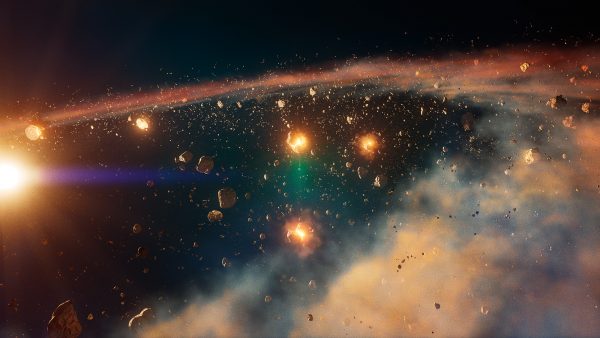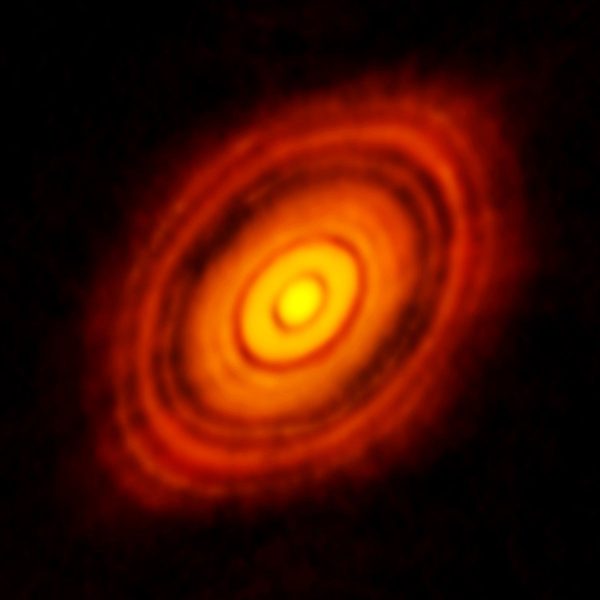A.1: The composition of planetary building blocks
Understanding the processes that lead to the formation of planets and their diverse compositions is one of the key goals of the NCCR PlanetS and still contains many uncertainties. This project aims to obtain new cosmochemical data from meteorites to provide physical evidence for the processes acting at the different stages of planet formation. The data will also serve as detailed constraints for protoplanetary disc and planet formation models (Projects A3/WP1 and A5/WP3).
Nucleosynthetic isotope compositions in solar system materials
Nucleosynthetic isotopic analyses of elements such as Ca, Ti, Cr, Ni, Zr, Mo and Pd reveal variations among different solar system materials. These isotopic variations reflect the isotopic heterogeneity (carried by presolar dust) that was present in the protoplanetary disc during the period of planetary formation (Figures 1 and 2). Bodies accreted in different regions in the solar nebula and, therefore, inherited the local isotopic signatures. The distinct and unique isotopic compositions of bulk meteorites and their individual components allow the investigation of genetic relationships among them.

Figure 1: Artist’s impression of the early Solar System as the solar nebula gas begins to disappear, causing asteroids to accelerate and collide. Illustration: Tobias Stierli / flaeck.
Combining nucleosynthetic compositions with cosmochemical ages and other evidence has proven to be a powerful approach to constrain planet formation. For example, in collaboration with modellers (former NCCR PlanetS members Dr. Tim Lichtenberg and Dr. Joanna Drazkowska), we investigated how the evolution of the protoplanetary disc influenced the timing and mechanism of planet formation (see Lichtenberg et al. 2021, Science). Our results indicate that the chemical and isotopic dichotomy in the Solar System was initiated by the interaction of disc dynamics, heterogeneous accretion and the internal evolution of forming protoplanets. The proposed research here builds on this expertise. It uses nucleosynthetic compositions of meteorites to establish genetic relationships among different planetary bodies such as planets and their building blocks. We also aim to constrain physico-chemical processes in the protoplanetary disc that influenced the composition of planetary bodies. To this end, we will complement our Ti isotope data from NCCR PlanetS Phase II and available literature data with novel high-precision Fe isotope data.

Figure 2: Image of HL Tau protoplanetary disc, showing the distribution of dust. The dark regions of the disc correspond to gaps in which dust density is depleted. Credit: ALMA (ESO/NAOJ/NRAO).
References
Lichtenberg T., Dra̧żkowska J., Schönbächler M., Golabek G. J., & Hands T. O. (2021). Bifurcation of planetary building blocks during Solar System formation. Science, 371, 365-370.
News related to this project:

